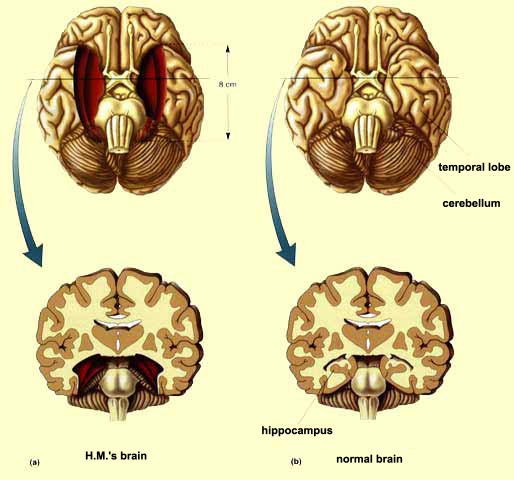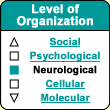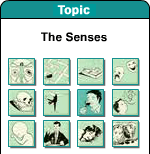| |



If an individual displays
a particular behavioural deficit after a certain structure in the brain has been
destroyed, that does not necessarily mean that this structure was the source or
“centre”
of that behaviour. All it means is that the lesion has destroyed a circuit whose
integrity was necessary for that behaviour. When
the destruction of the hippocampus causes amnesiac syndrome, we can deduce that
the hippocampus is definitely part of the circuit that allows memorization. |
| |
| LESIONS THAT CAUSE AMNESIA | |
Amnesiac syndrome is
probably the most disabling form of memory disturbance. It is characterized by
ongoing forgetting of any new information (anterograde amnesia) and by retrograde
amnesia of varying severity. This was exactly
the type of deficit that affected the
famous patient H.M. After the inner portions of his two temporal lobes were
surgically removed to treat his epilepsy, H.M. was unable to encode new information
in his long-term
memory. He no longer suffered from epilepsy, but without his hippocampi, everything
in his memory vanished after a few minutes. The literature
now records some 50 well documented cases of amnesiac syndrome following the destruction
of both hippocampi (as the result of a stroke, for example). And just like H.M.,
though these other patients suffered from severe anterograde
amnesia, their general knowledge and their memories of episodes from long
ago in their lives were generally not affected by their lesions. 
These
cases led scientists to conclude that the hippocampus
and the neighbouring regions of the cortex did not seem to be involved in
storing information, but only in encoding it. The
hypothesis was therefore formulated that information might be stored in other
areas of the brain, and in the rest of the temporal cortex in particular. This
hypothesis was supported by other cases where patients had suffered damage to
their entire temporal lobes, but the region of the hippocampus had been preserved.
These patients suffered from a syndrome exactly the opposite of H.M.’s:
they remembered things that they had learned recently better than they did their
childhoods. Current theories on the brain structures
involved in memory therefore postulate that the hippocampus and the temporal cortex
play distinct but complementary roles in acquiring and storing information. But
they are not the only structures that do so, because
other amnesiac syndromes involving other regions of the brain also exist.
| |





